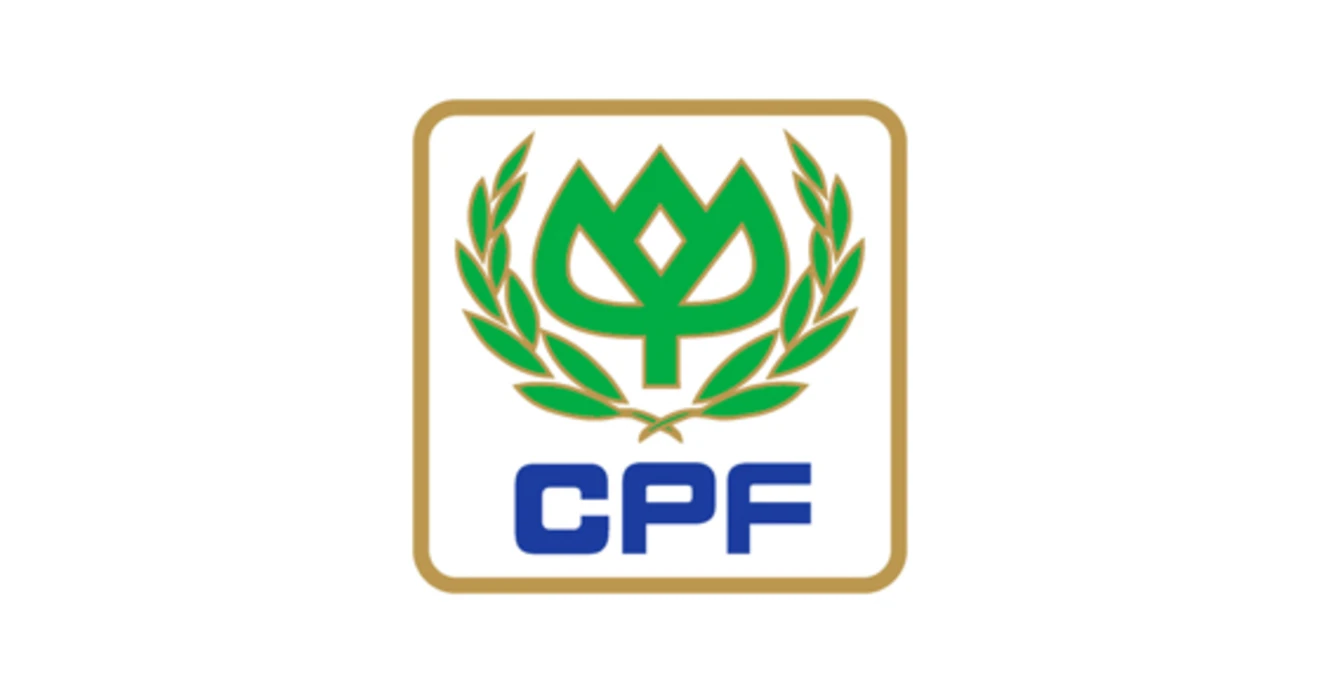Charoen Pokphand Foods PCL
Key Information
HQ:
Thailand
Market Cap:
$6.33bn
Primary Market:
Asia
Business Type:
Protein Producer
Company Information
Company Summary
Charoen Pokphand Foods is one of the world's leading listed agro-industrial and food conglomerates that operates vertically integrated businesses. The company is present in 16 countries and exports products from Thailand to over 30 countries. The Company operates through two segments: livestock and aquaculture. The livestock business comprises chickens, ducks, and pigs. The aquaculture business segment comprises shrimp and fish. It is involved in manufacturing animal feed, animal breeding and animal farming, meat processing, semi-cooked and fully cooked meat, food products and ready-meal products, and the meat and food retail and restaurant businesses.
Revenue
Total revenue:
$16.6bn
Revenue by Geography
Revenue by Protein
Revenue by Product Type
Disclosures
CDP ScoresLast Reviewed: 16/10/2024
| CDP Climate | CDP Forests | CDP Water |
|---|---|---|
| Yes | Yes | Yes |
Science Based Target initiativeLast Reviewed: 16/10/2024
| Target classification | Status | Date |
|---|---|---|
| 1.5°C | Targets Set | 2023 |



